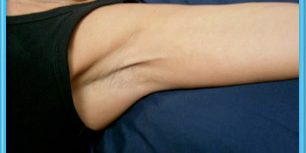
We learned last week that scarring is an almost inevitable fact of life. Fortunately for many of us, the wound is superficial and as such so is the scar. But what if we have invasive surgery – for example, mastectomy with axillary webbing, or cording as it is otherwise known – a burn, a serious laceration or a frozen shoulder?
And what if we are “not in a good place”, with lymphoedema (after node resection in the case of many cancers), or we simply cannot move. This can undoubtedly result in prolonged and/or excessive inflammation with the inherent danger of forming a scar that is, to use Catherine Ryan’s words, of “chaotic organisation [with] pathological cross-links, stiffness and abnormal crimp”. This is when a scar can impact our lives tremendously through pain, loss of functional range and strength, and disfigurement with all its potential psychological implications. This is not to mention what that scar is doing on the inside, impacting blood flow, nerve conduction, the tissues’ capacity to glide and reduced lymphatic drainage.
This is where appropriately applied and well-timed manual therapy can help! Says Cathy Ryan and Nancy Keeney-Smith in “Fascia, Function and Medical Applications”, early intervention is key. And because fascia is a #biotensegrity system, we don’t even necessarily have to work in the immediate area of the wound to facilitate a positive and productive outcome. Such intervention following soft tissue injury facilitates wound healing by stimulating anti-inflammatory agents, and simultaneously reducing interstitial  extracellular matrix) osmotic pressure and improving lymphatic drainage.
extracellular matrix) osmotic pressure and improving lymphatic drainage.





